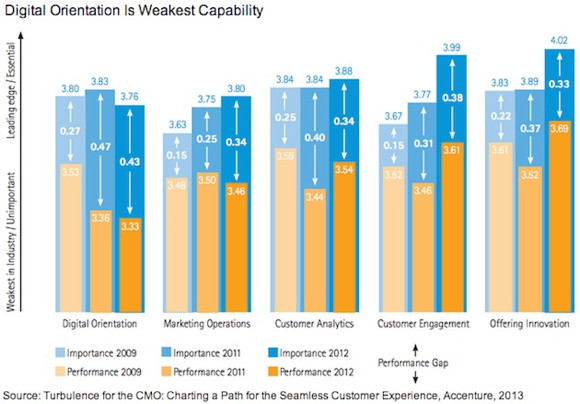PayPal Global Study: Will we have a wallet-free future soon?

Credits: © Piotr Marcinski – Fotolia.com
The study made clear that the UK (32%) is most open to choose a smartphone over a wallet when going out if they could only bring one item. Canadians might be struggle the most in the old world: 75% of them don’t carry cash around. Obviously, the beach and the gym (but also restaurants and grocery stores) are places where people would love to leave their purse away in all countries. However, Germans and Americans don’t like it at concerts and sports events, whereas Canadians don’t want it in the bar. And parking mobile apps are very much appreciated today in all countries.
“It’s not about replacing cash or your credit card with a new payment method, it’s about using technology to solve real shopping pain points. PayPal is at the forefront of developing products that make life easier, help shoppers be more efficient, and untether consumers from their wallets forever.” David Marcus, President, PayPal
The question is whether the development we see in terms of getting rid of the penny is increasing. Countires like Canada are trying to reduce the distribution of pennies, following Australia, New Zealand and other countries. Increased metal costs and a questionable need for 1-cent coins might be valid reasons. In the U.S. it costs more to produce a penny than to there is need for it. And while Germans still would bow to pick up change and carry it in general, Americans and Britains are most likely to lose it.
Spot On!
Although I would also call for a wallet-free future, I sometimes think about the problems it might cause for i.e. charity. How often do donate change to charity in a week? And how often are kids proud when you give them some money for their saving-box? Or when we hand over the jar where we collected the money for them? Would we also give and save them money when it is digital? How do you see it? And would you be open for the wallet-free future?













